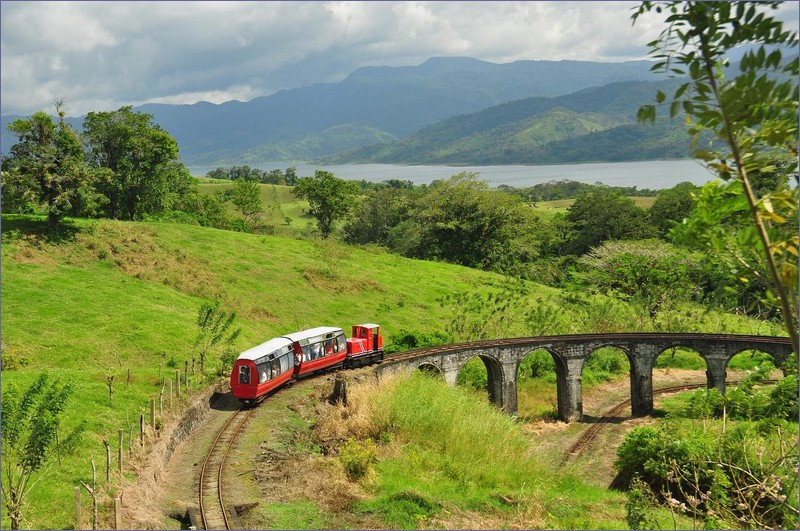Costa Rica is famous for its national parks and eco tourism. Train travel in Costa Rica is limited to suburban lines, although the country has a rich and interesting history of the railways. Almost all of the railway network needs major repairs.
Last updated: 24.01.2024
The first railway or tram in Costa Rica was constructed by English businessman Richard Farrer from Puntarenas to Barranca in the 1850s. A small wooden crate with windows was hauled by a donkey. The tram operated for less than a year because the local residents were discontented with the abuse of the donkey.
In 1871 the President Tomas Guardia signed a new contract with the American businessman Henry Meiggs. The same year construction of the railway line started. The construction had been planned in four stages. The section from Alajuela to San José was completed by the beginning of 1873. In 1874, the President canceled the agreement. By the time two stretches were completed: Alajuela – Cartago (43 km) and Limon – Matina (35 km). The whole line became operational on become operational 7 December 1890.
In 1897 was signed contract for the building of the Pacific Railroad. The line was opened in 1910. The opening of the line enabled the creation of a transcontinental connection from the Pacific to the Atlantic Coasts via San José.
Costa Rica had also a large number of minor narrow gauge railways used for serving numerous banana plantations.
The Costa Rican railroad network was badly damaged during a powerful earthquake in 1991 and hurricane Cesar in 1996. In 1996 all services were ceased.
In 2000 the government announced a plan to rehabilitate railway network.
The first suburban train was launched in 2005 between Pavas and Montes de Oca.
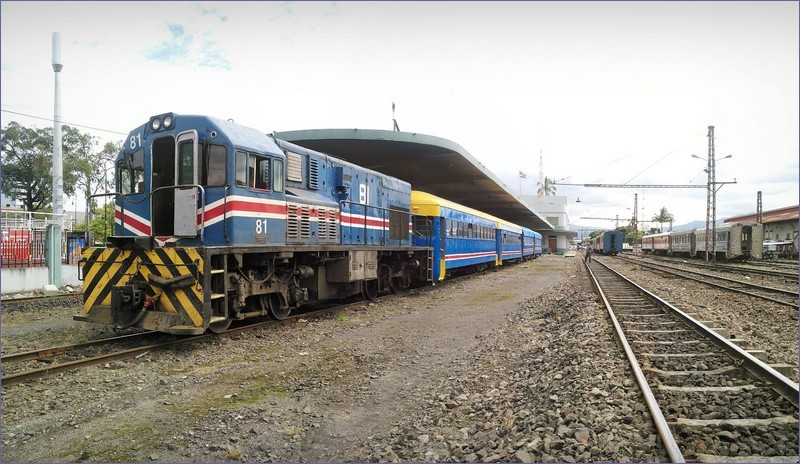
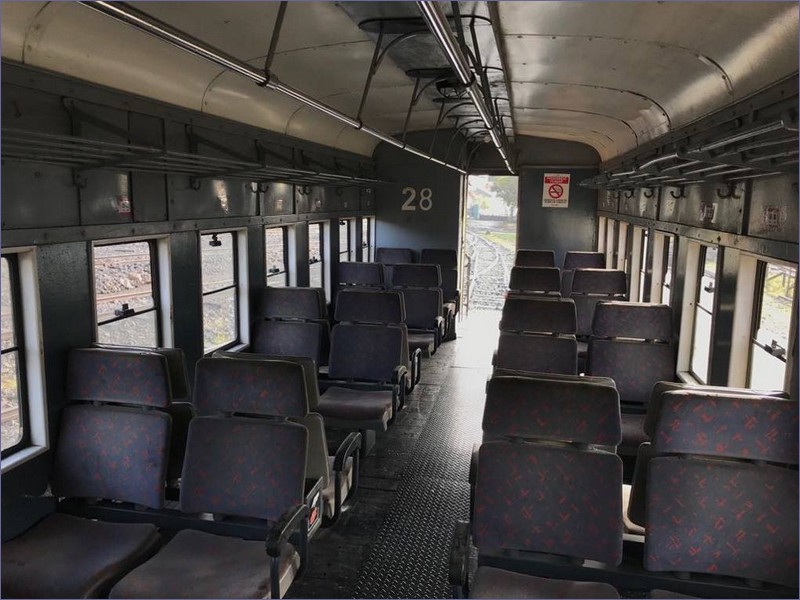
Train travel in Costa Rica – current situation
Costa Rica has more than 500 kilometers of railway lines. Currently, passenger trains run on only three lines:
San José – Cartago
Curridabat – Pavas – Belén
San José- Heredia – Alajuela
Suburban trains are operated at street level and average speed is about 20 km/h. Roads in San Jose downtown are congested and trains are popular between residents and commuters. Trains are mostly comprised of Apolo 2400 diesel multiple units imported from Spain in 2009 (former FEVE trains) or air-conditioned metro-style diesel multiple units manufactured in China and delivered to Costa Rica in 2019. Sometimes passenger carriages hauled by a diesel locomotive are deployed, especially on San Jose – Cartago route.
Acts of vandalism and accidents often happen.
Freight trains operate on line from San Jose to Caldera and from Limon to Monteverde. Both passenger and freight trains are operated by Incofer (Instituto Costarricense de Ferrocarriles). There are no long-distance passenger trains.
There are no international trains from Costa Rica to adjacent countries.
Useful websites:
Incofer – timetable and prices
There are plans to rebuild and to modernize rail transport the railway network in the Limón region, but only for freigh transport.
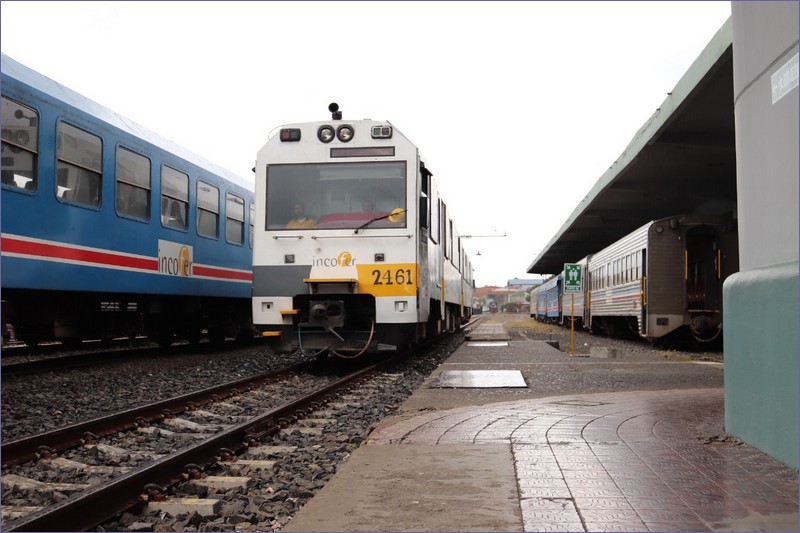
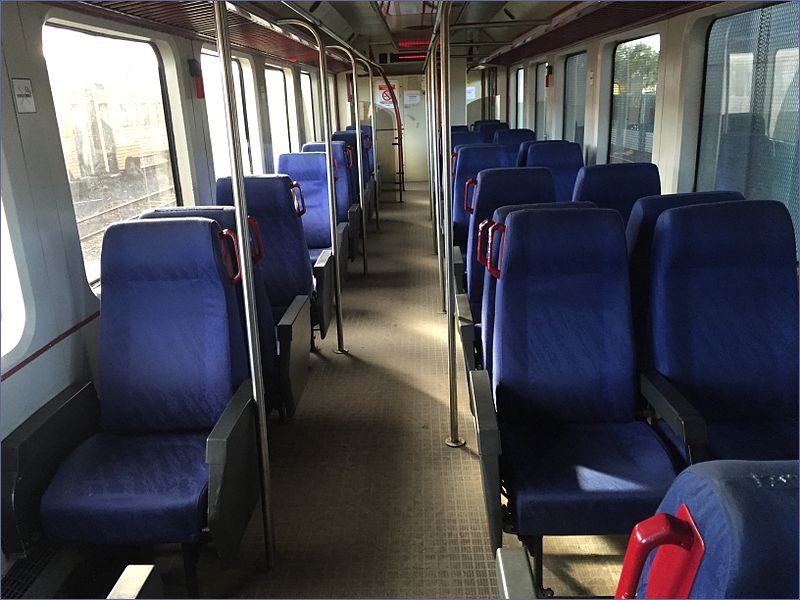
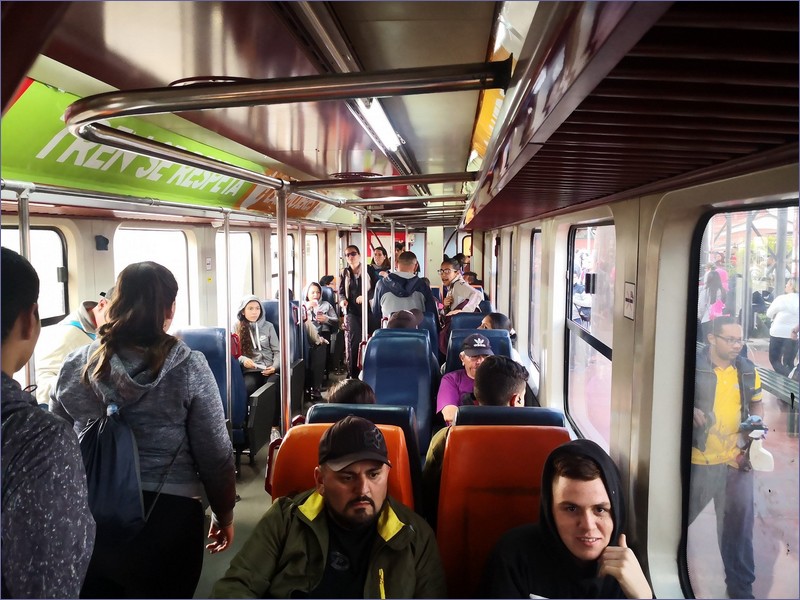
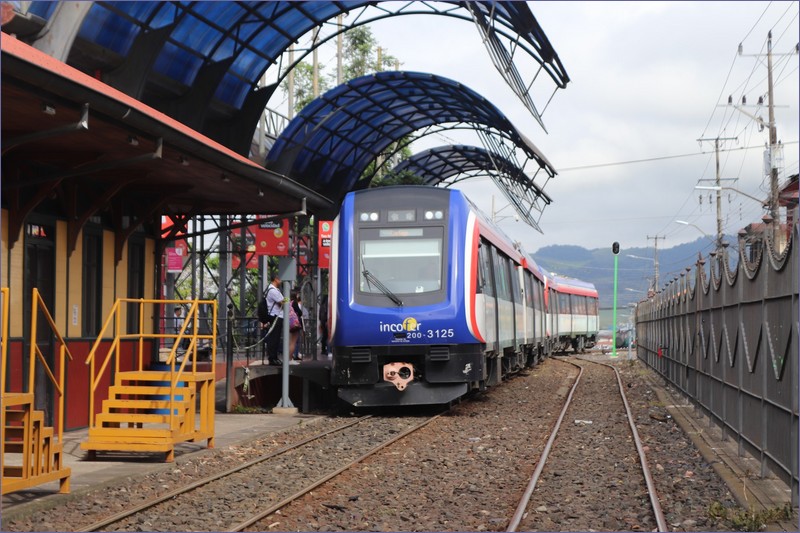
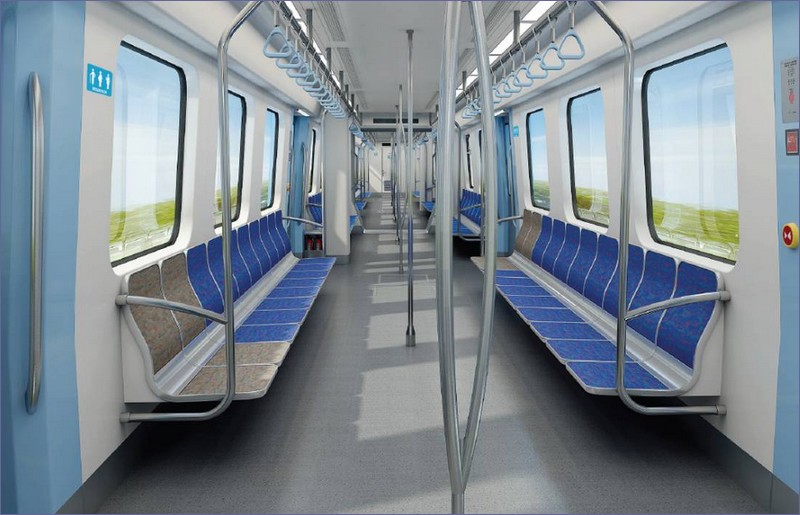
Charter trains
Incofer also runs tourist trains at the request of travel agencies for passengers of cruise ships. Limon is a popular one-day stop for cruises to Carribean.
Tourist trains are comprised of a diesel locomotive and heritage passenger carriages. Passenger carriages were used in long-distance passenger trains in Costa Rica from 1940 to 1990s.
Passengers are transferred from ferry to train stop near Limon by air-conditioned coaches. Length of the route is very short – around 300 meters in banana plantation, but I can’t verify it.
People in Costa Rica wants to reinstate the long-distance train between San Jose and Limon. Unsuccessfully.
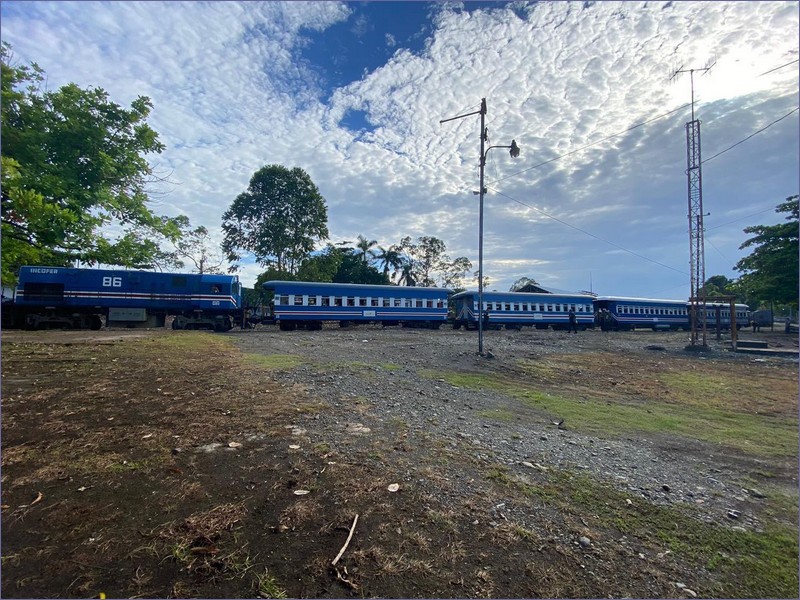
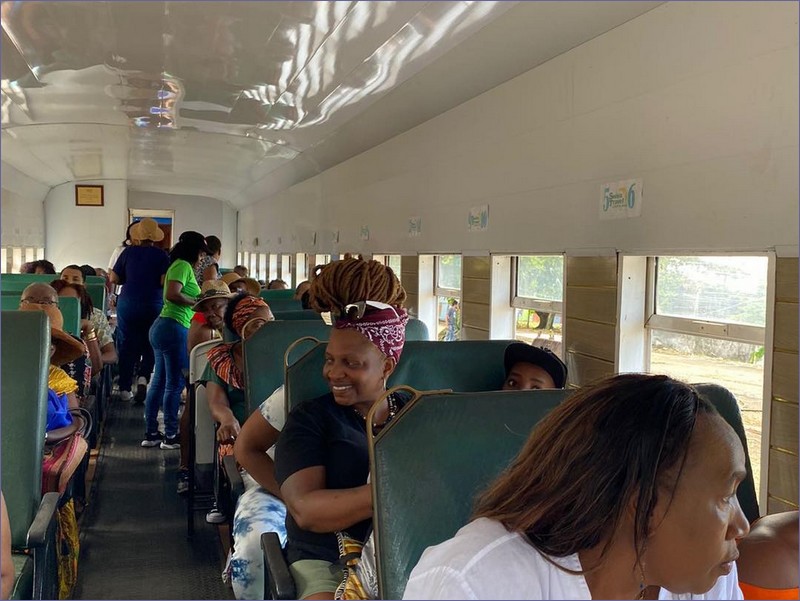
La Pequena Helvecia
There is a short private narrow gauge railway in the grounds of the hotel in Nuevo Arenal. The railway was built by Franz Ulrich – immigrant from Switzerland and it is known as “Little Switzerland”. The hotelier originally built the field railway with a gauge of 600 mm, in the village of Chéseaux in Switzerland, but the authorities don’t issue a permission to run it. The owner moved to the Costa Rica in 1999 and put the railway into operation in 2000 for the guests of his hotel.
Rolling stock consists of three diesel locomotives, five passenger coaches and two panorama cars.
The length of the line is 3.5 km and a height difference of almost 200 meters. There are two tunnels and bridge on the route. The bridge is a copy of the famous viaduct on the Swiss Rhatische Bahn Bernina Express line near Brusio.
Hotel Los Heroes – official website
There was a Monteverde Forest Train in the jungle but according to the various sources the railway was damaged during the cyclone.
See also:
Railways in Americas by country
